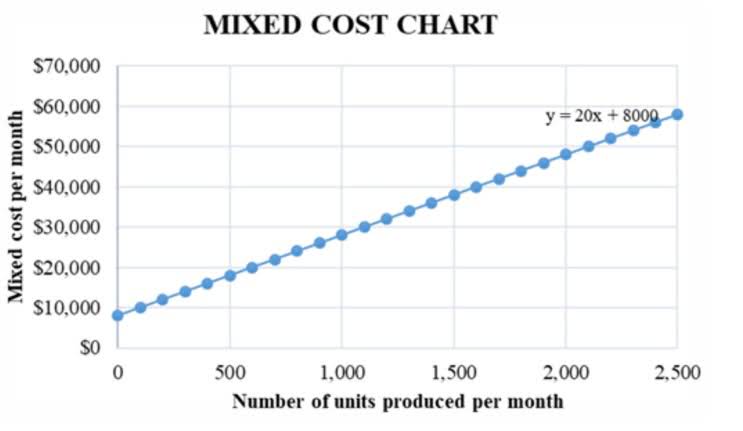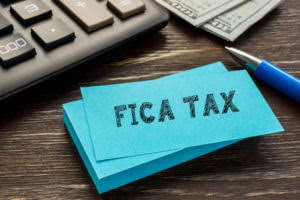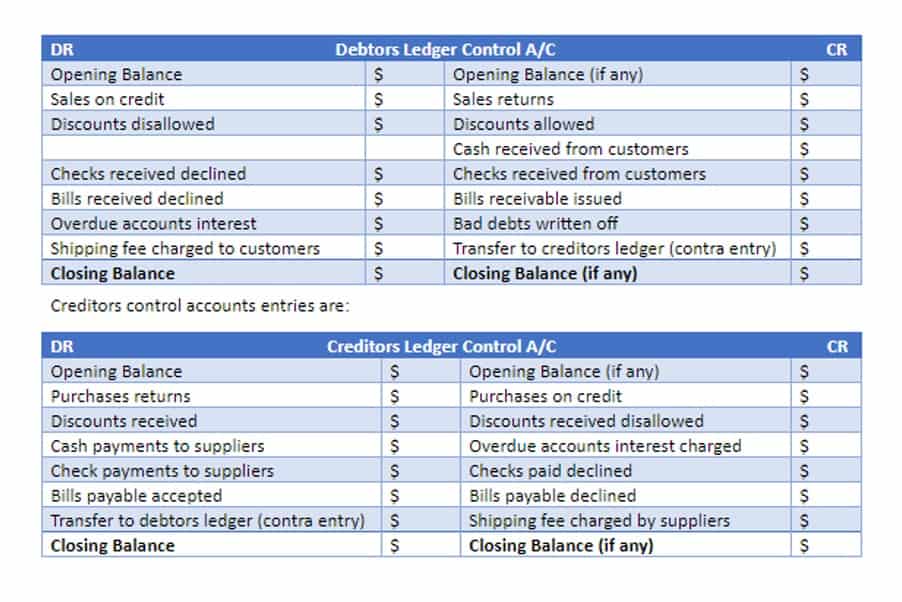Bookkeeping
2025 Illinois Bonus Tax Calculator Percent

Your contributions today help ensure the future stability of these programs for you and others. Failure to meet Illinois income tax obligations results in penalties for late filing and payment. The late filing penalty is 2% of the tax due per month, up to 20%, while the late payment penalty starts at 2% for the first month, up to 15%. Interest on unpaid taxes accrues from the original due date, with a current rate of 3% per annum.
Localities Opt Out of Georgia’s New Homestead Tax Exemption
Click here to see the list of taxes and whether they are a fixed or location-based rate. The Personal Exemption, which is supported by the Illinois income tax, is an additional deduction you can take if you (and not someone else) are primarily responsible for your own living expenses. Likewise, you can take an additional dependent exemption for each qualifying dependent (like a child or family member), who you financially support. Illinois will apply a flat state income tax rate of 4.95% to your taxable income. Taxpayers whose federal adjusted gross income exceeds $250,000 ($500,000 for married couples filing jointly) are not eligible to claim this tax benefit. The general merchandise sales tax applies to almost all other products purchased for use in Illinois.

Federal Income Tax Tables in 2025

Tax credits are applied directly to the tax liability, while deductions are applied to the taxable income. Illinois employers are invited to use the calculator at the top of this page to quickly calculate their employees’ gross pay, net pay, and deductions CARES Act in a few clicks. But every now and then, employers run into situations that are a bit trickier. For example, do you occasionally reward your top performers with bonuses? Don’t forget to keep Uncle Sam in mind since he considers this type of payment to be supplemental wages and requires taxes to be withheld.
- Start by gathering necessary documents, such as W-2s, 1099s, and records of deductible expenses and credits.
- Taxpayers can claim 25% of eligible expenses, up to $750 per family, covering costs like tuition and lab fees.
- Facts & Figures serves as a one-stop state tax data resource that compares all 50 states on over 40 measures of tax rates, collections, burdens, and more.
- Retail sales taxes are an essential part of most states’ revenue toolkits, responsible for 24 percent of combined state and local tax collections.
- For example, do you occasionally reward your top performers with bonuses?
Logistics Calculators

The distinct components of FICA, namely Social Security and Medicare, each have specific rates and caps that determine the amount of tax levied. As such, FICA represents a critical element of the United States’ approach to social welfare, providing foundational financial security and healthcare benefits that many Americans rely on. Illinois has no state tax on inheritance, but you are required to file on all estates of $4 million or more. The most commonly used business structure that is subject to corporate taxes is a C-Corporation. The 2020 tax rates and thresholds for both the Illinois State Tax Tables and Federal Tax Tables are comprehensively integrated into the Illinois Tax Calculator for 2020. This tool is freely available and is https://www.bookstime.com/ designed to help you accurately estimate your 2021 tax return.
Does your employee have any voluntary deductions?
- We know there’s a lot that goes into preparing and filing payroll tax forms.
- Automatic extension payment — We grant an automatic six-month extension of time to file your return.
- You must file a separate Form IL-1120-X for each tax year you wish to change.
- Illinois now levies the nation’s highest state and local tax rates on residents, costing each household $9,488 – or more than 15% of their annual income – in 2022, a new WalletHub report found.
- View how much tax you may pay in other states based on the filing status and state entered above.
Connect with a TurboTax expert for personalized tax advice or to handle filing for you. Illinois offers tax credits and deductions to lower taxable income or tax liability. The Earned Income Tax Credit (EITC) is set at 18% of the federal EITC, benefiting low to moderate-income individuals and families. The property tax credit allows taxpayers to claim 5% of Illinois property tax paid on their principal residence. Additionally, contributions to Illinois’ 529 college savings plans, like Bright Start, are deductible, encouraging educational savings. Taxable income in Illinois is calculated using the federal adjusted gross income (AGI) from the federal tax return, with state-specific adjustments to determine Illinois base income.
- One “food” that doesn’t qualify for an exemption is alcohol, which is taxed differently between types.
- The following tax tables are supported by iCalculator™ US as part of the suite of free tax tools available in the US Tax HUB we provide for Illinois.
- It’s a very hardworking group of individuals who are genuinely passionate about small businesses.
- These contributions are typically made pre-tax, and you can lower your taxable income, save on taxes, and invest in your future at the same time.
- Using deductions is an excellent way to reduce your Illinois income tax and maximize your refund, so be sure to research deductions that you mey be able to claim on your Federal and Illinois tax returns.
- Here are some key tax reduction programs in Illinois, and how to qualify.
Illinois: Federal EITC(Earned Income Tax Credits) Rates and Thresholds in 2020
Corporations (other than S corporations) who can reasonably expect their income and replacement tax liability to be more than $400 must make quarterly estimated payments. Estimated Payments are due on the 15th day of the 4th, 6th, 9th, and 12th months of the tax year. Corporations are encouraged to use an electronic method to make estimated payments. Corporations who mail estimated tax payments must complete Form IL-1120-V, Payment Voucher for Corporation Income and Replacement Tax. However, if you expect tax to be due, you must pay any tentative tax due by the original due date of the return to avoid interest and penalty on tax not illinois income tax rate paid.
What is Illinois’ standard deduction?

This status offers a higher standard deduction and more favorable tax treatment than single filing. To qualify, the taxpayer must pay over half of household expenses and have a dependent living with them for more than half the year. Illinois has a flat income tax rate which applies to both single and joint filers. The Federal Income Tax, in contrast to the Illinois income tax, has multiple tax brackets with varied bracket width for single or joint filers.
- Illinois has no state tax on inheritance, but you are required to file on all estates of $4 million or more.
- As a result, residents pay more in taxes towards past government services but don’t see benefits from current government services.
- To do so, they must file Form IL-1040-X, the Amended Individual Income Tax Return, and provide a detailed explanation of the changes.
- In addition, Illinois has what is called an exemption allowance, which is a set amount that most people who earned a paycheck can knock off their taxable income.
- Previously, the tax rate was raised from 3% to 5% in early 2011 as part of a statewide plan to reduce deficits.
- Completing this form accurately requires reflecting all income, deductions, and credits.
Supplemental wages are taxed at the same rate as regular income in Illinois. Food, drugs and medical appliances are all subject to a statewide tax rate of 1% of purchase price, in addition to local taxes of up to 1.25%, for a total tax of up to 2.25%. For example, candy and soda are generally subject to the higher “general merchandise” rate of 6.25%, but any candy containing flour is not, for sales tax purposes, classified as candy. As simple as Illinois tries to make income tax, the state seems to take the opposite approach with sales taxes. The three categories are qualifying food and drugs, vehicles and general merchandise. In Illinois, there’s a 7.25 percent sales tax rate on all vehicle purchases, with county and district local sales taxes on top of this usually ranging from 0.25 percent to 1.25 percent.
